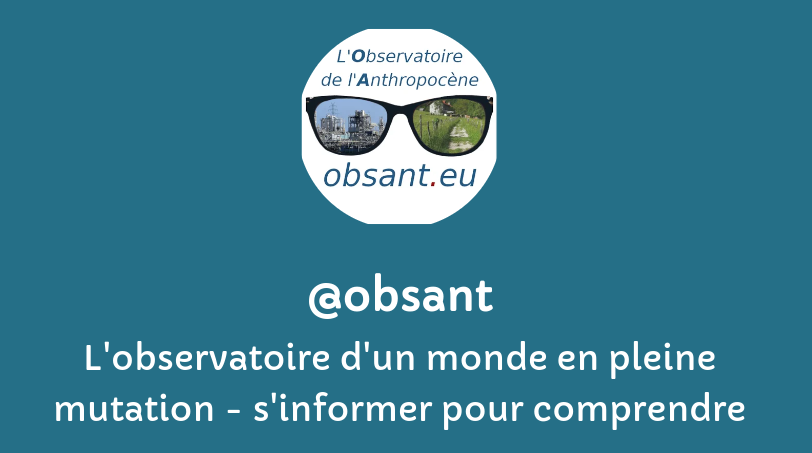Les champs auteur(e)s & mots-clés sont cliquables. Pour revenir à la page, utilisez le bouton refresh ci-dessous.
filtre:
pergélisol
Among the many things global warming will be melting this century—sea ice, land glaciers and tourist businesses in seaside towns across the world—is permafrost. Lying underneath 15% of the northern hemisphere, permafrost consists of accumulating dead biomass that remains frozen, never having had a chance to release all its carbon.
Climate change affects the Arctic and sub-Arctic regions by exposing previously frozen permafrost to thaw, unlocking soil nutrients, changing hydrological processes, and boosting plant growth. As a result, sub-Arctic tundra is subject to a shrub expansion, called “shrubification”, at the expense of sedge species. Depending on the intrinsic foliar properties of these plant species, changes in foliar mineral element fluxes with shrubification in the context of permafrost degradation may influence topsoil mineral element composition. Despite the potential implications of changes in topsoil mineral element concentrations for the fate of organic carbon, this remains poorly quantified. Here, we investigate vegetation foliar and topsoil mineral element composition (Si, K, Ca, P, Mn, Zn, Cu, Mo, V) across a natural gradient of permafrost degradation at a typical sub-Arctic tundra at Eight Mile Lake (Alaska, USA). Results show that foliar mineral element concentrations are higher (up to 9 times; Si, K, Mo for all spec
Giant ice sheets, ocean currents and permafrost regions may already have passed point of irreversible change
Researchers from the Northwest Institute of Eco-Environment and Resources of the Chinese Academy of Sciences (CAS) and their collaborators published a high-accuracy and high-resolution permafrost map over the Northern Hemisphere.
Which effects did the heat wave of summer 2020 have in Siberia? geologists compared the spatial and temporal distribution of methane concentrations in the air of northern Siberia with geological maps. the methane concentrations in the air after last year’s heat wave indicate that increased gas emissions came from limestone formations.
We at Sea Research Society's Environmental Affairs Department are very concerned of the melting permafrost terrain and methane clathrate deposits of the Arctic Ocean's sea bed (which are seeding Siberia's air once again with carbon-12). This is because Arctic Ocean's methane clathrates, methane (CH4) & carbon dioxide (CO₂) deposits are thought to be the world's largest reservoir of carbon.
The pipeline operator is repairing damage to its supports caused by a sliding slope of permafrost, and installing chillers to keep the ground around it frozen.
The climate crisis is causing ancient permafrost to thaw, which could unleash viruses and bacteria that have been dormant for thousands of years, presenting a potentially catastrophic risk to humans and ecosystems alike.
Sea ice land. 7 Tipping points are analysed here. Climate tipping points, elements of the Earth system in which small changes in global temperature can kick off reinforcing loops that ‘tip’ a system into a profoundly different state, accelerating heat waves, permafrost thaw, and coastal flooding — and, in some cases, fueling more warming.
![]()



